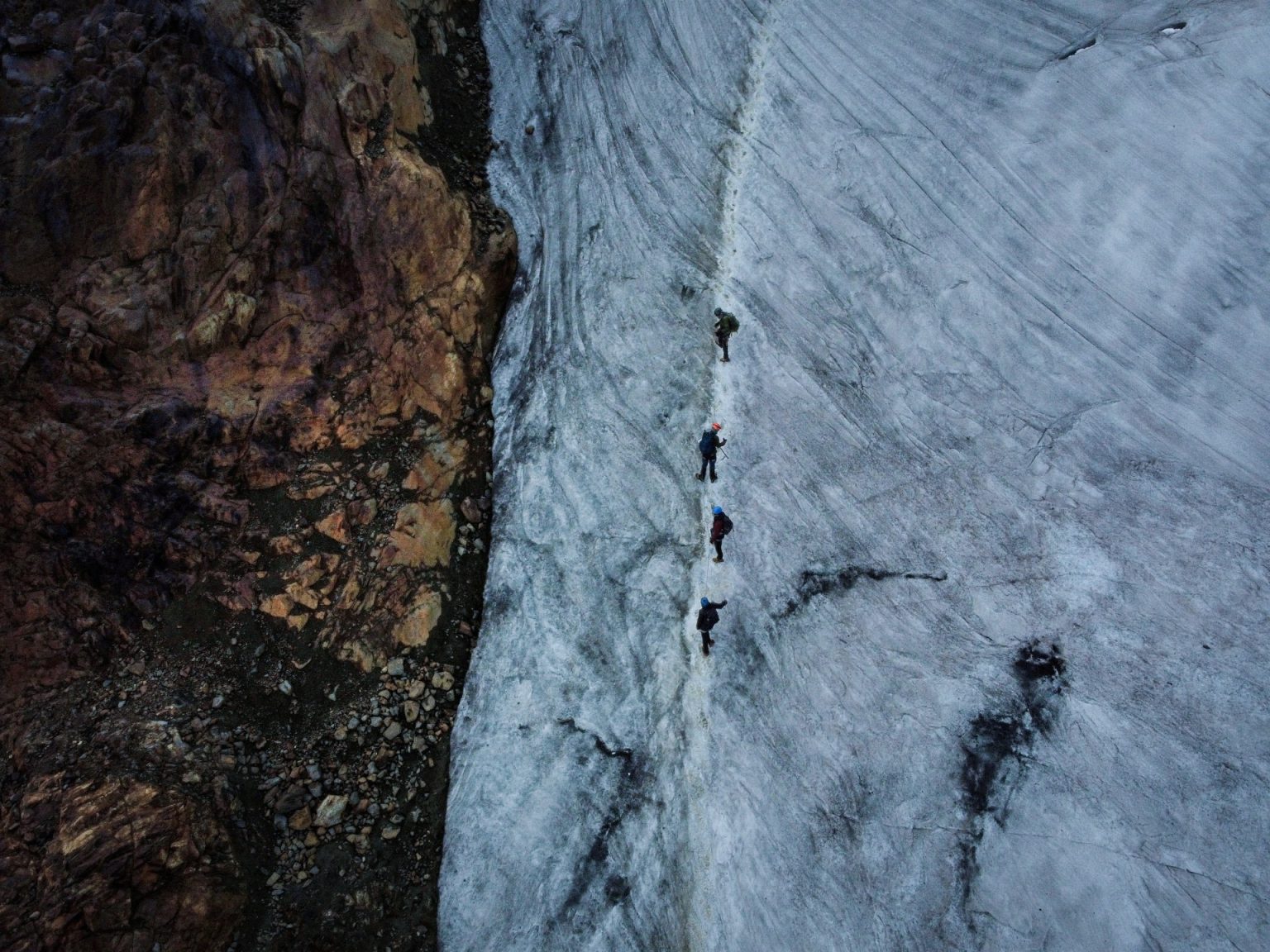Chile’s El Plomo mountain, standing at 5,400 meters, has been climbed and revered for centuries, with the Incas even performing human sacrifices at the summit. However, the mountain is now facing significant challenges as rising global temperatures have caused the glacier to retreat and the permafrost to melt. This has resulted in new lagoons forming, landslides injuring climbers, and massive sinkholes breaking up the ancient path to the summit. Francisco Gallardo, a muleteer who has worked on the mountain for decades, expressed sadness at the rapid changes he has witnessed and believes his family will have to move within a decade due to the mountain’s deterioration.
The impact of climate change on the Andes is evident through the disappearance of glaciers and permafrost as well as changes in the landscape that have never been seen before in human history. Covered glaciers tend to react more slowly to climate change compared to uncovered glaciers, which are more susceptible to changes in temperature. The Andes are home to 99 percent of the world’s tropical glaciers, which are at risk due to consistently near-freezing temperatures that make them susceptible to melting. This poses a threat to the region’s water cycle, as the mountains play a crucial role in storing water as snow and ice and supplying millions with water for various purposes.
The degradation of ecosystems in the Andes is exacerbated by erratic and heavy rainfall, which has led to increased erosion, landslides, and severe floods. Additionally, temperatures are rising faster at higher altitudes, with surface temperatures in the Andes increasing significantly since 2000. Indigenous Quechua climbers in Peru, such as Octavio and Eloy Salazar, have noticed drastic changes in the climate with abnormal rainfall at high altitudes, signaling alterations in pressure and temperature. Park ranger Edson Ramirez noted that these changes have made climbing more dangerous, as the absence of glacier cover has exposed crevasses and created a difficult maze for climbers.
Despite the challenges posed by climate change, mountain rescuers like Cristian Ramirez in Chile emphasize the importance of continuing to enjoy and explore the Andes, which they view as the backbone of the region. The Andes play a vital role in collecting ice and water that is essential for life in the region, supporting activities such as agriculture, hydroelectricity, and mining. However, the rapid loss of glaciers and permafrost due to climate change threatens the water supply and quality in the region, with acidic rock exposed for the first time in centuries contaminating meltwater with heavy metals. As climate change continues to impact the Andes, it is crucial for local communities, climbers, and researchers to adapt and mitigate the effects of these changes to preserve the natural beauty and resources of the region for future generations.













